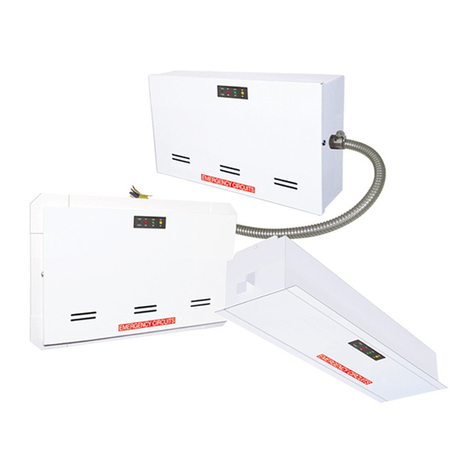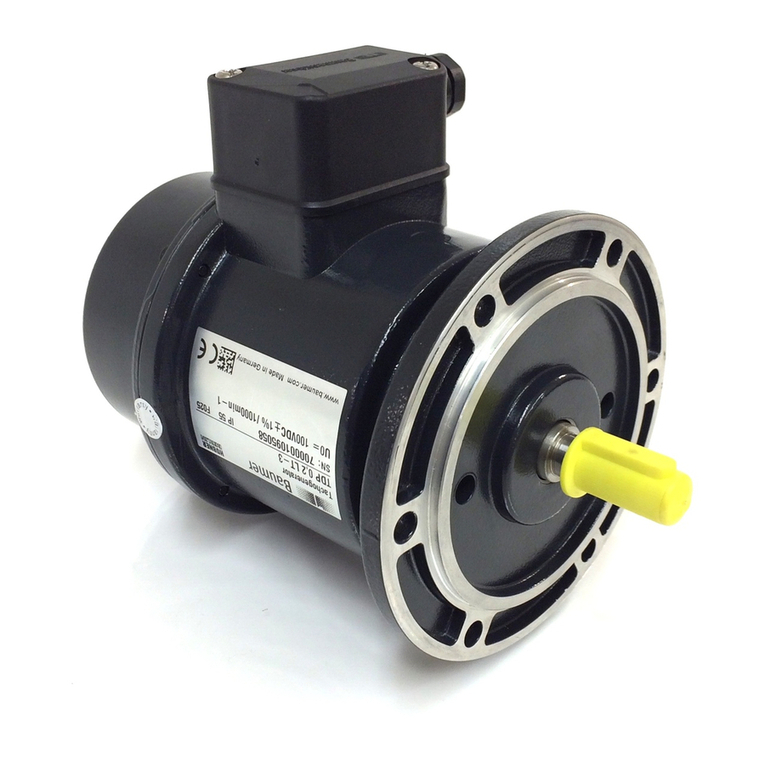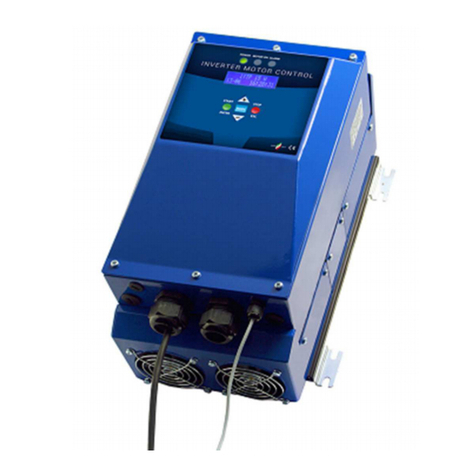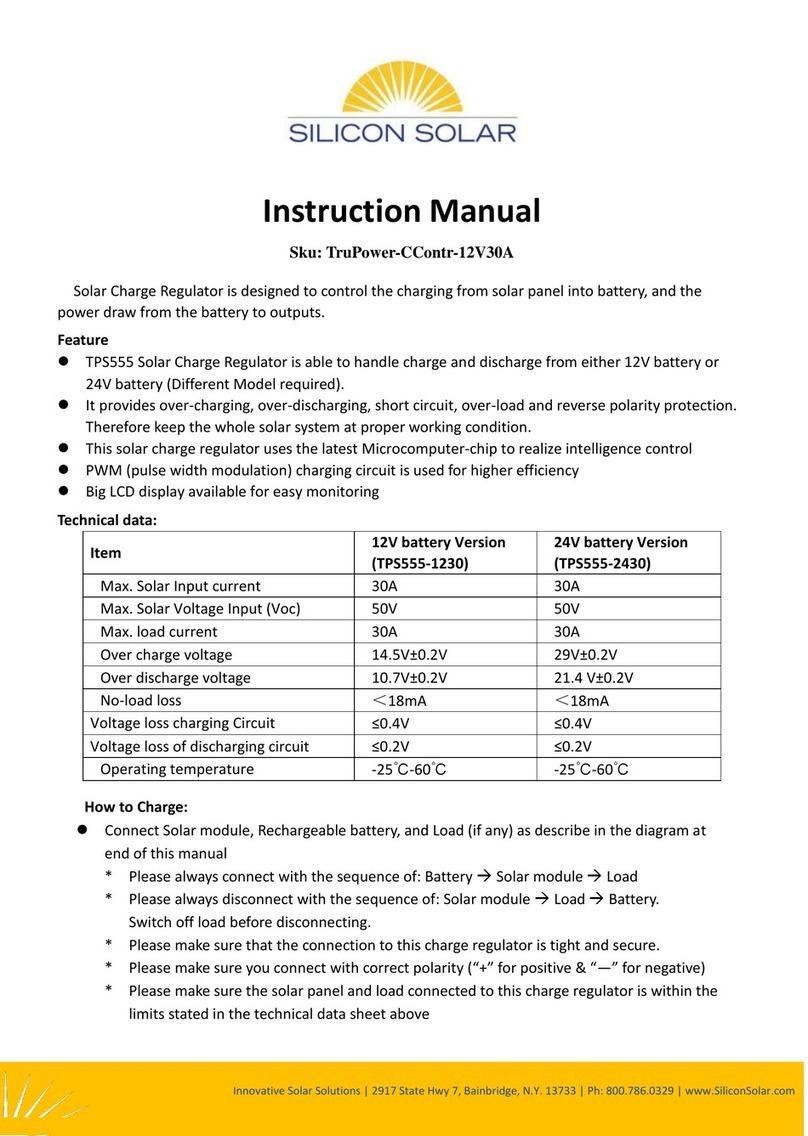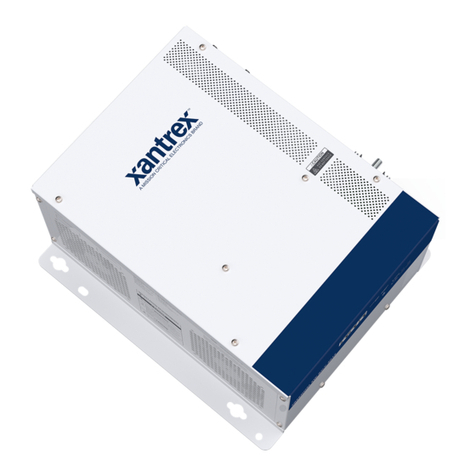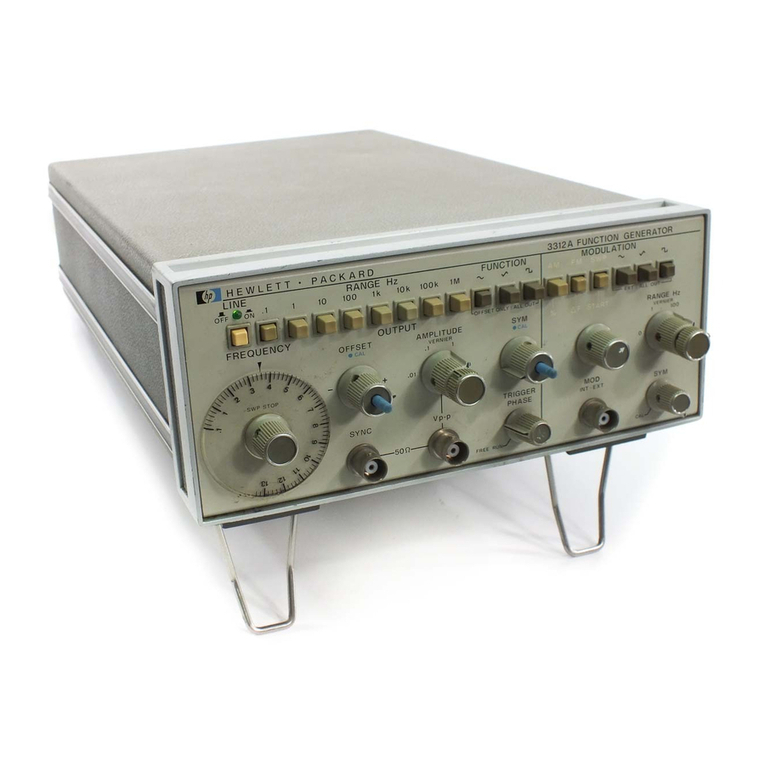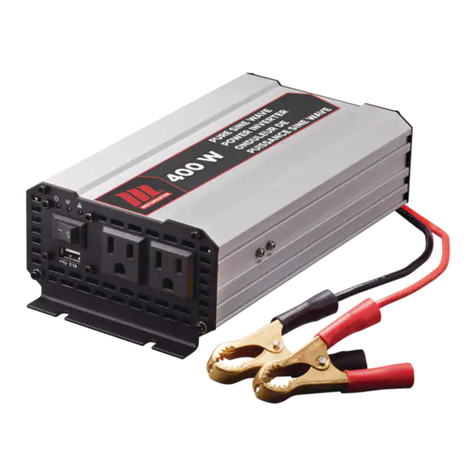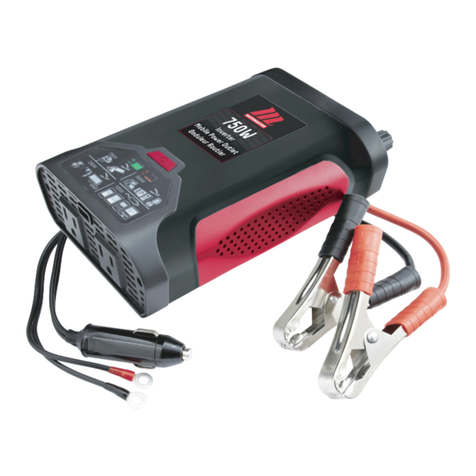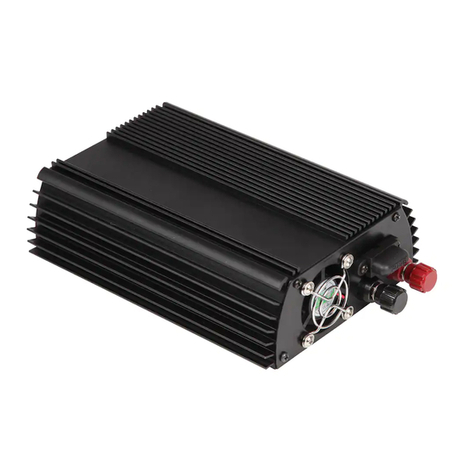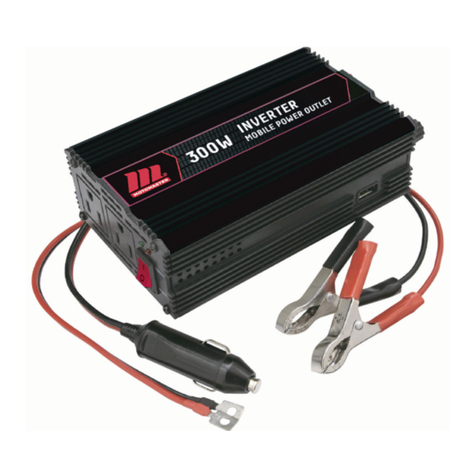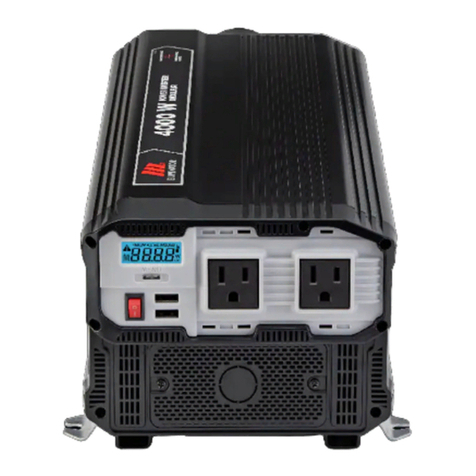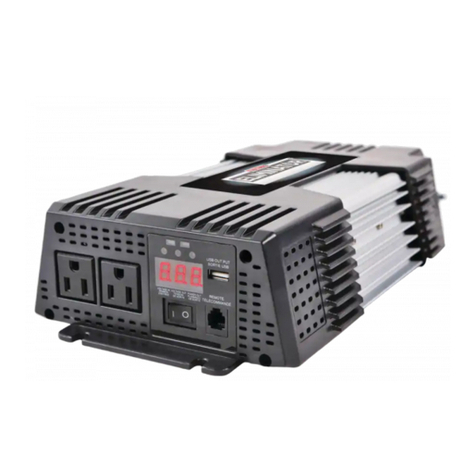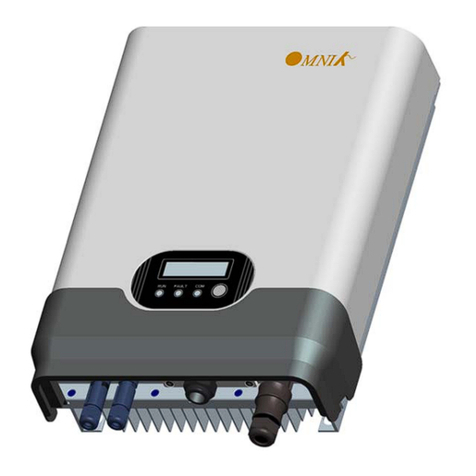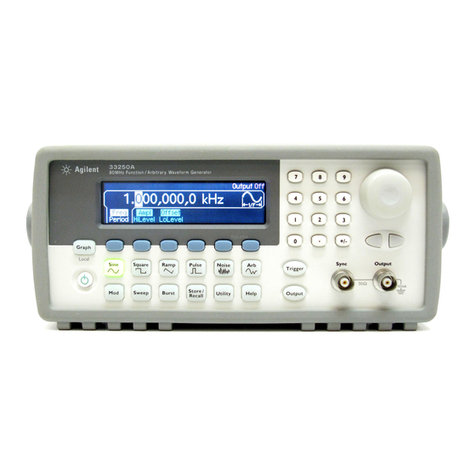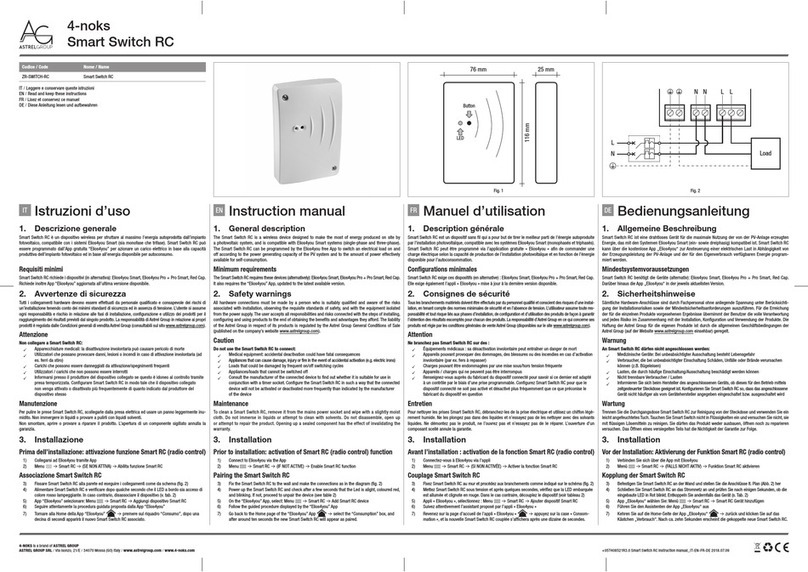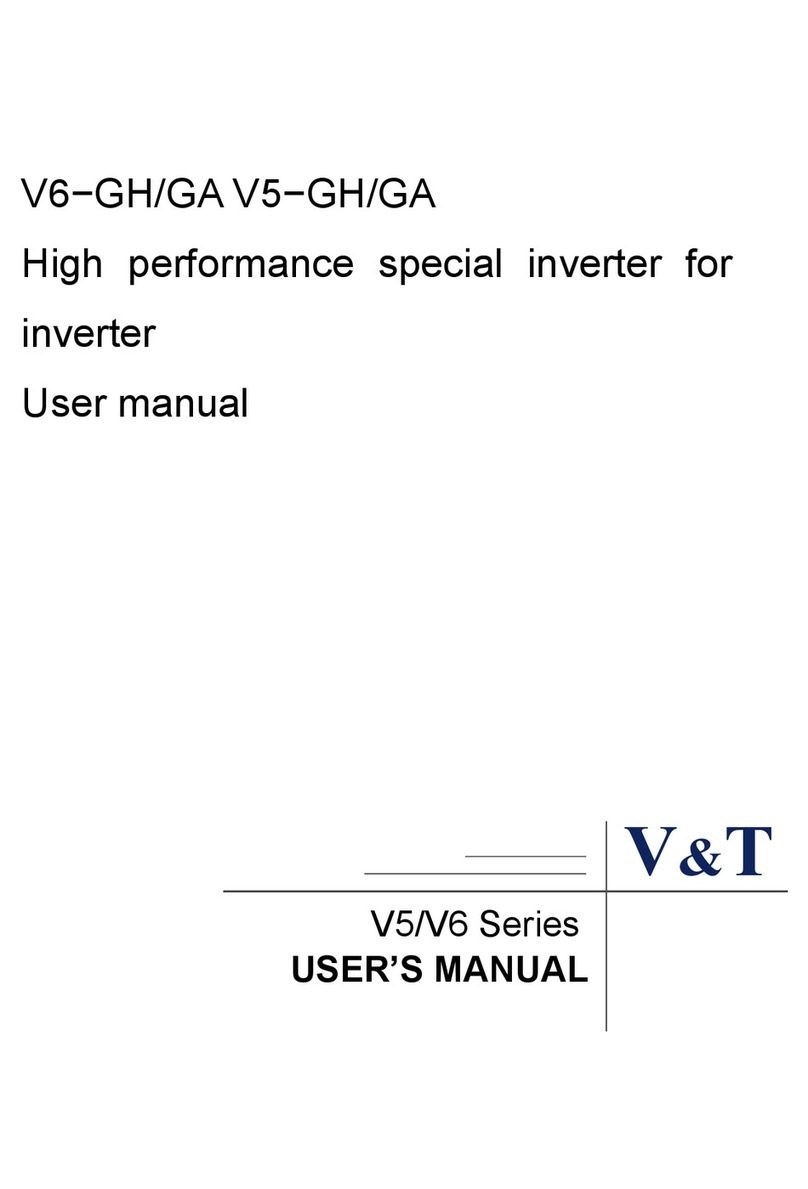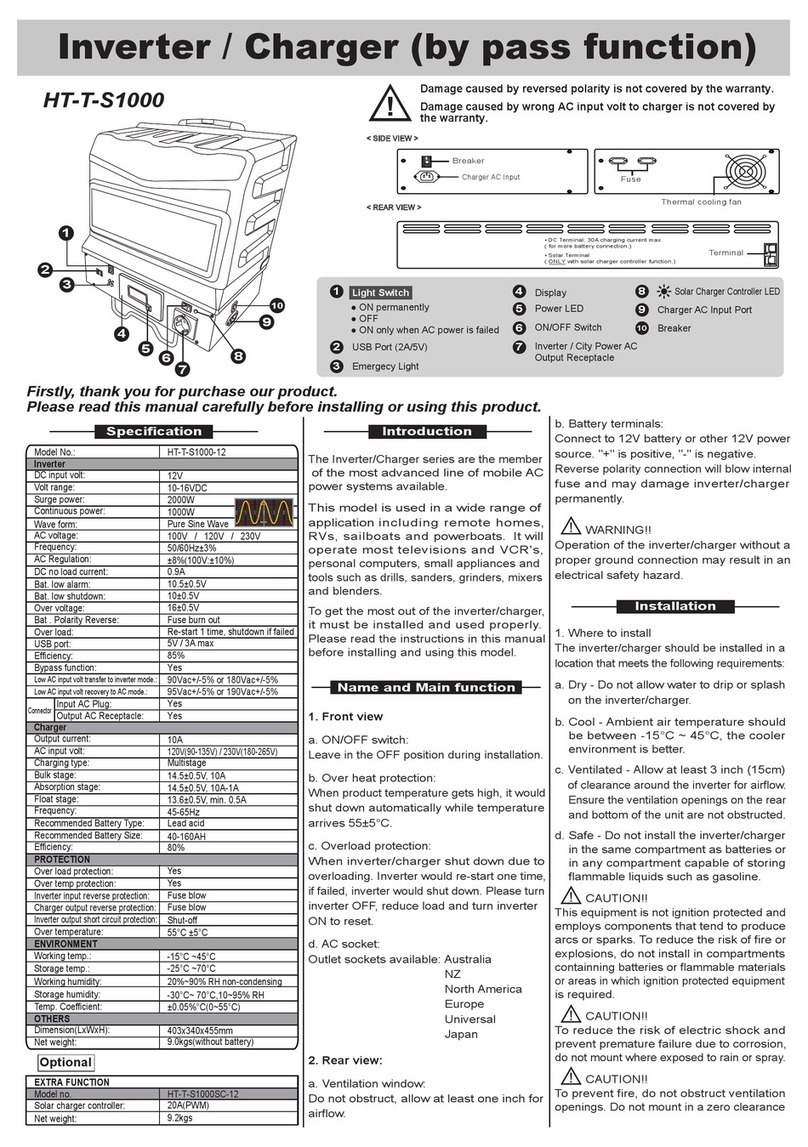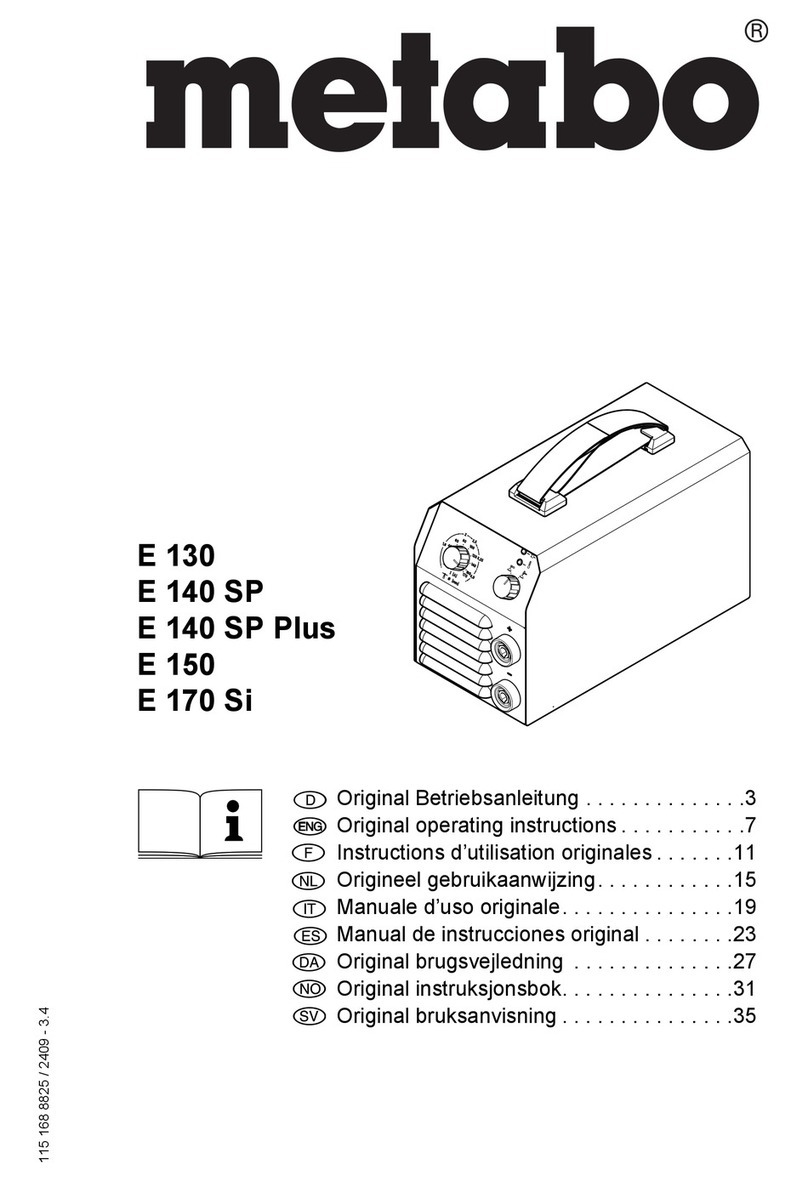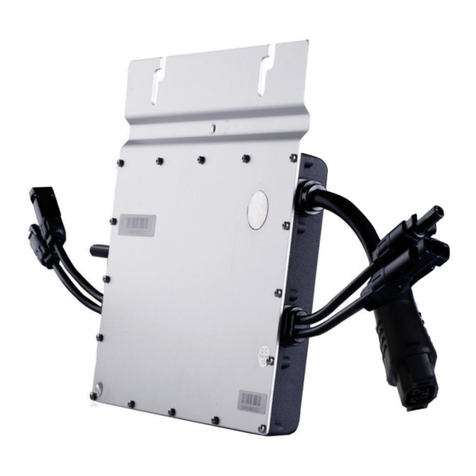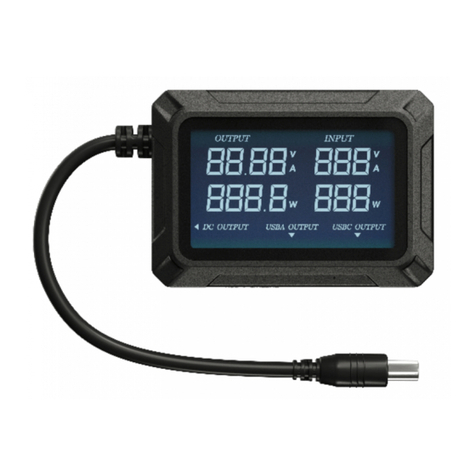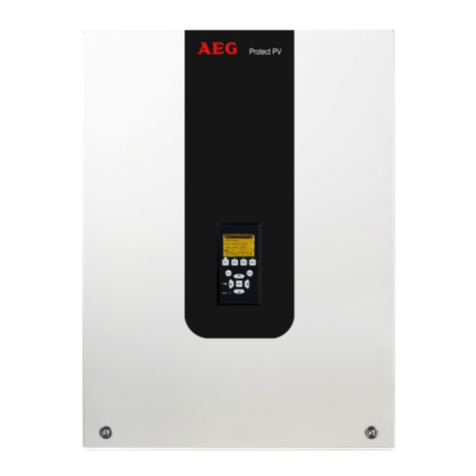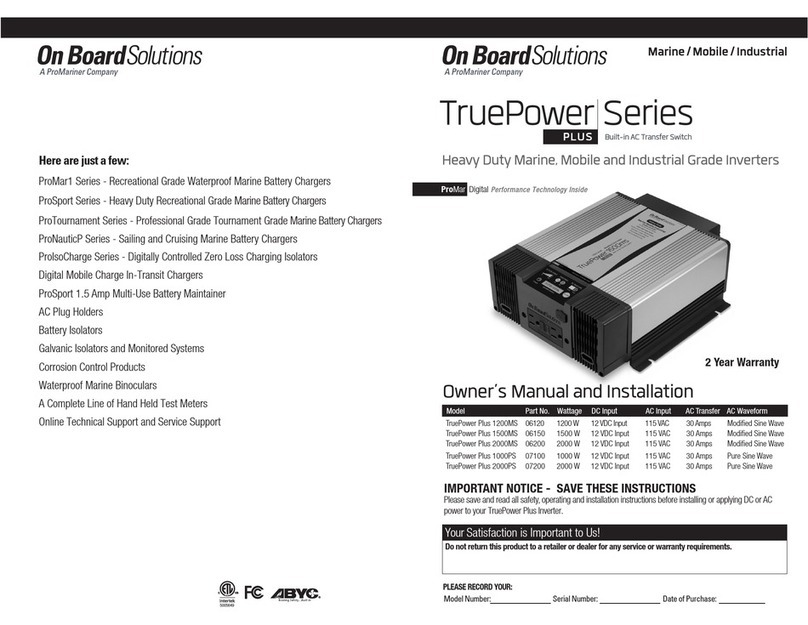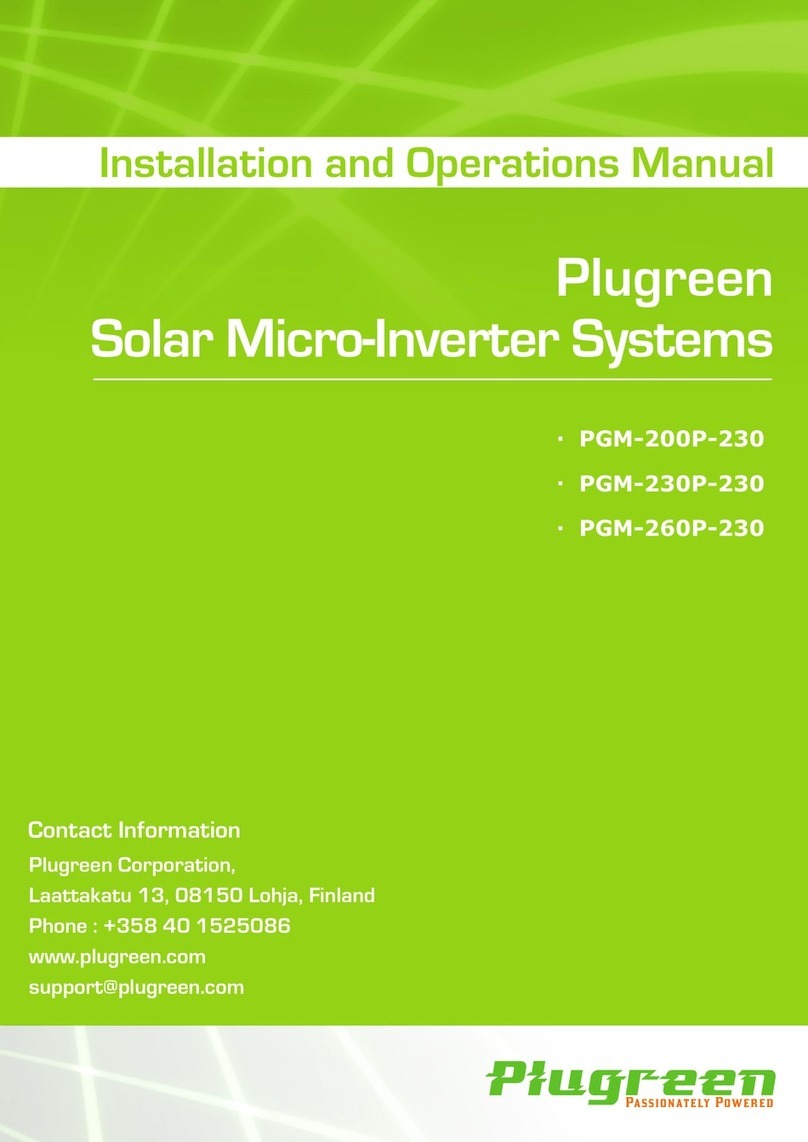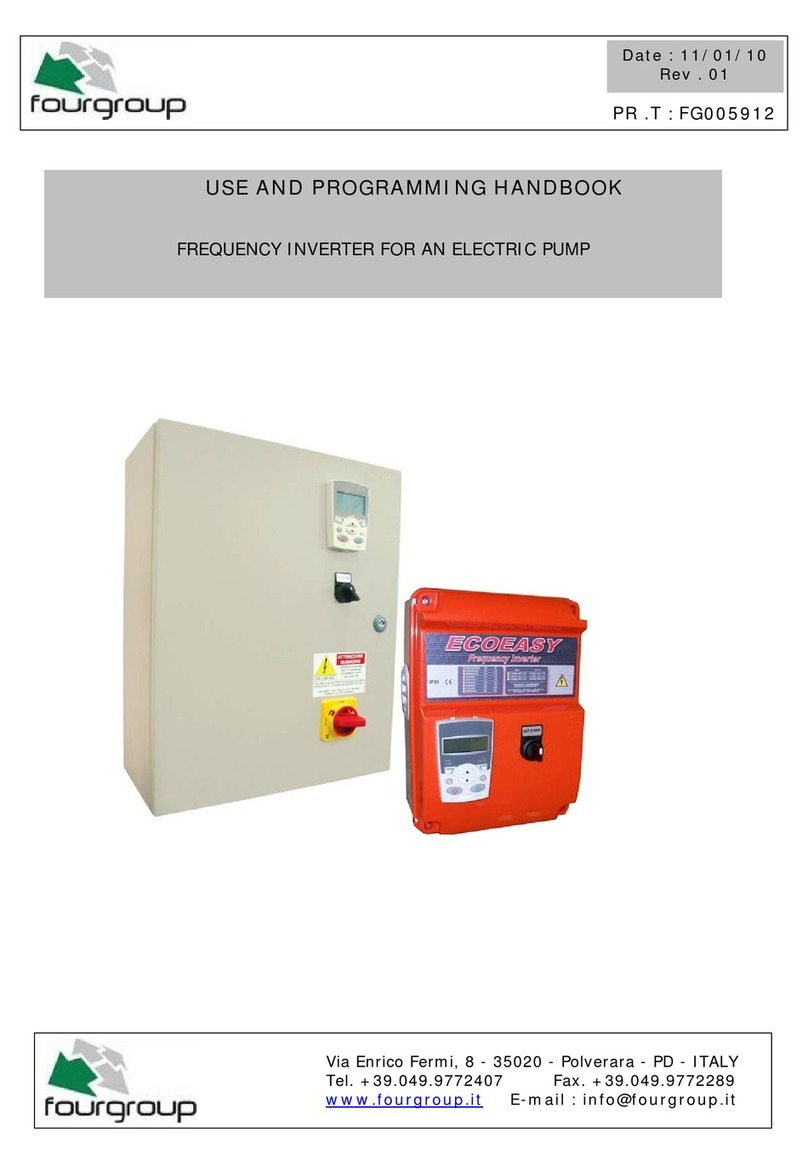
model no. 011-2103-8 / 011-2104-6 | contact us 1-888-942-6686
4
SAFETY INFORMATION
WELCOME
Please read this manual thoroughly before
installing and operating your new MotoMaster
Eliminator inverter. This manual contains
information you need to obtain the performance
required for your application. Keep this manual for
future reference.
This MotoMaster Eliminator inverter converts low
voltage direct current (DC) to 115 V pure sine wave
(PSW) alternating current (AC). The inverter draws
power from 12 V deep-cycle batteries such as
those used for marine, golf cart, and fork-lift
applications, or from other high-current 12 V
sources.
To determine whether the power inverter’s
wattage capacity is within your power requirements,
turn on the highest wattage appliance first and then
all other devices in order of highest wattage to
lowest. This inverter is designed to automatically
shut down in the event of power overload. While
running this test, if inverter shuts down due to power
overload, you may require a larger capacity inverter
or run the devices separately to stay within the
inverter’s capacity.
This model, 011-2103-8 / 011-2104-6, has been
performance tested by ETL and complies
with Underwriters Laboratories and Canadian
Standards Association safety standards.
A HIGHER WATTAGE INVERTER MAY
BE REQUIRED
WARNINGS, CAUTIONS AND NOTES
It is very important that any operator and installer
of this inverter read and follow all WARNINGS,
CAUTIONS AND NOTES and all installation and
operation instructions. In particular, comply with
WARNINGS (possibility of serious injury or death),
CAUTIONS (possibility of damage to the inverter
and/or other equipment), and NOTES (included to
assist you in achieving the maximum performance
and longest working life from this advanced-
design inverter).
WARNINGS: INVERTER OUTPUT
This is a heavy-duty device that produces
voltages similar to commercial AC power.
• Danger of shock or electrocution—treat
inverter output the same as commercial AC
power.
•
•
Do not use the inverter near flammable
materials or in any locations that may
accumulate flammable fumes or gases.
This is an electrical device that can briefly spark
when electrical connections are made or
broken.
• Do not allow water or other liquids to contact
the inverter.
• Do not use appliances with damaged or wet
cords.
®
®
